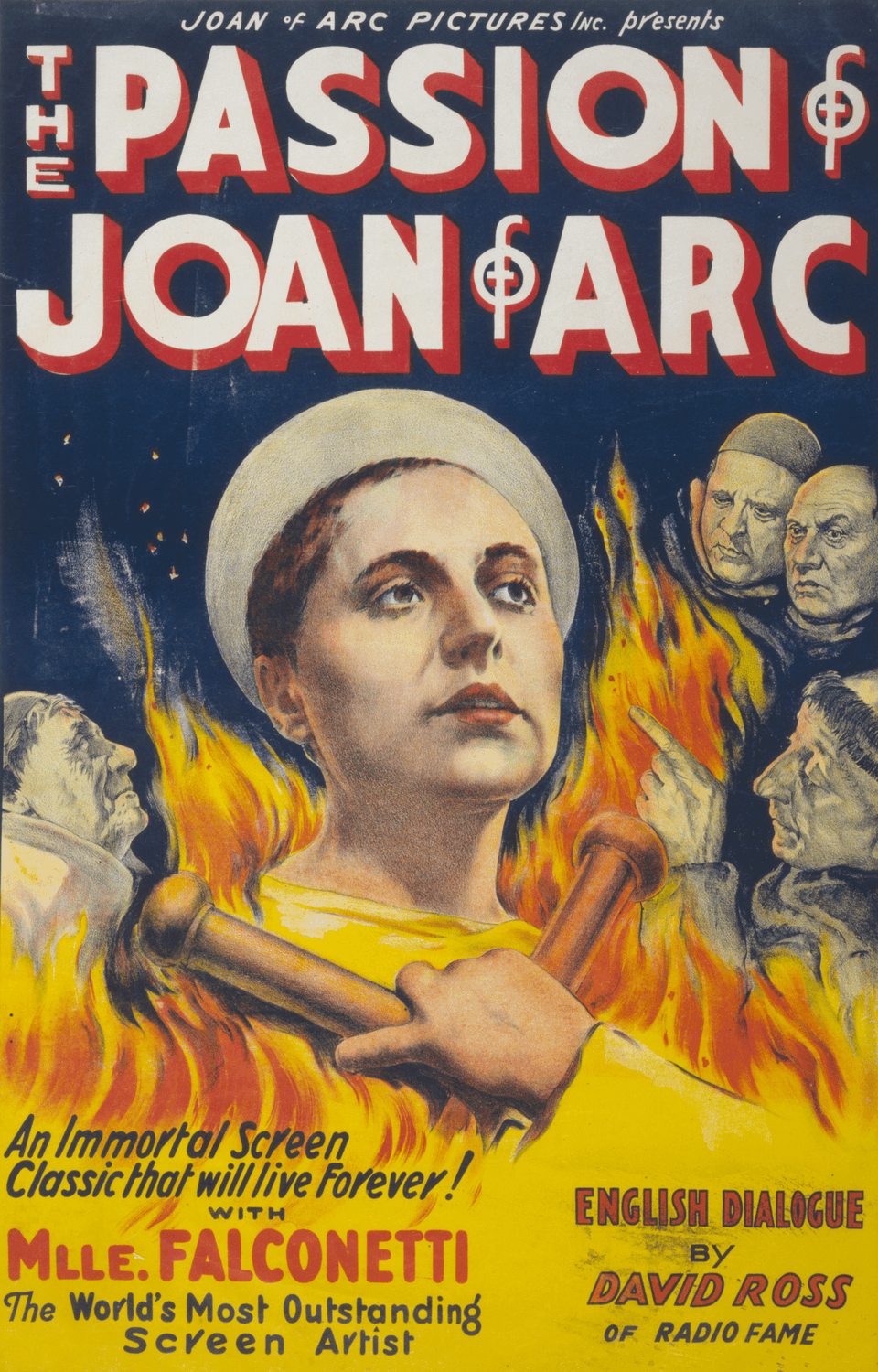
The Passion of Joan of Arc
1927
Rate this movie
Average: 5.00 / 5
(1 votes)
Director
Carl Theodor Dreyer, with a vision that transcended the aesthetics of his time, did not merely confine himself to capturing Joan of Arc's face in an escalating series of obsessive close-ups. This bold and almost monomaniacal choice, revolutionary for the silent film era, was not merely stylistic but profoundly philosophical. Maria Falconetti's face becomes the film's true setting, a battlefield where faith and oppression, vulnerability and irreducible spiritual strength clash. Even today, it appears tremendously effective and absolutely instrumental to the intimate perspective Dreyer sought to convey of the Saint. The hagiographic chronicle is revisited with an always introspective eye, never fixated on mere external events. Joan of Arc is, first and foremost, a woman who has the right to suffer for the horror imposed upon her, and only secondarily appears as the heroine cloaked in eternal light that ecclesiastical history has presented to us. The Saint certainly appears in her mystical splendor, but also, and above all, in a new, more human light, derived from a careful psychological investigation of the character and from the realistic, almost documentary-like approach in its emotional implications, of which Dreyer was a staunch advocate. His was a form of transcendent realism, where truth is revealed through the intensity of the individual, rather than through the grandeur of action.
The film's plot follows the historical events of Joan of Arc, from her call to arms to her condemnation to the stake. However, Dreyer does not limit himself to a mere reconstruction of events, although his historical research was meticulous, but rather delves into the psychological aspect of the character with a depth rarely equaled in cinema. He focuses on her inner torments and her struggle against the dark forces surrounding her: not just her physical tormentors, but the entire apparatus of a dogmatic and blind institution, incapable of recognizing the purity of individual faith. The sequence in which Joan is subjected to trial and forced to recant is particularly intense, a true psychological ordeal that, stripping the figure of all rhetoric, reveals her humanity and her disarming fragility in the face of inquisitorial power. The figure of Antonin Artaud, in the role of a cruel and manipulative inquisitor, adds a further layer of complexity to the narrative. His performance, charged with an unsettling intensity, almost seems a premonitory glimpse into his future "Theatre of Cruelty," where physical and psychological suffering becomes a vehicle for truth. Famous are the scenes in which Joan's hair is cut, a ritual of humiliation and stripping of her feminine and sacred identity, or where the Saint retracts the recantation extorted under torture and is condemned to the stake, an act of supreme reaffirmation of her faith and destiny. Antonin Artaud's presence in the film is significant; a playwright and intellectual catalyst of the Era, his casting was not coincidental but mirrored Dreyer's fascination with raw, uncomfortable, almost violent truth.
Dreyer, with his rigorous direction and his ability to evoke profound emotions, created a work that goes beyond a mere biographical portrait, elevating itself to a universal archetype. The film is a harrowing investigation into the nature of faith in its most brutal confrontation with institution, into the struggle for individual freedom against dogmatic tyranny, and into the inextinguishable power of hope even in the face of the blackest despair. The obsessive use of the close-up, which frames Maria Falconetti's unadorned face with extraordinary, almost unbearable intensity, is not merely a technique: it is a window to the soul, an invitation to penetrate the most recondite folds of the protagonist and to viscerally share her sufferings. It is said that Falconetti had shaved her hair and suffered an impressive psychological torture during filming, renouncing all vanity to embody a raw truth, a sacrifice reflected in every single shot. This film marked a point of no return in the history of cinema, anticipating and influencing subsequent movements, from the Nouvelle Vague to the pursuit of a cinema of pure inner expression. Its legend is augmented by the extraordinary story of the original negative, believed lost and then found in an Oslo asylum decades later, an almost mystical discovery that seems to mirror the resilience of the film itself. "Joan of Arc" is a film that continues to move and inspire, a work that reminds us that even the strongest people can be vulnerable and that faith can provide the strength to face the greatest challenges. The figure of Joan of Arc continues to exert an extraordinary fascination. She represents a point of reference for all those who fight for equality and justice, an eternal symbol of female resilience against patriarchal oppression. Her story reminds us that women can also hold leadership roles and that faith and determination can overcome any obstacle. Dreyer's Joan is complex and multifaceted. On one hand, she is a national heroine, a symbol of courage and faith that transcends mere sainthood to become an icon of resistance. On the other hand, she is a young woman who suffered and was unjustly condemned, with all her burden of shattered humanity, of torn flesh and spirit. Ultimately, a work that opened new expressive horizons and remains unsurpassed to this day for its grandeur and its ability to delve into the abyss of the human soul.
Genres
Gallery
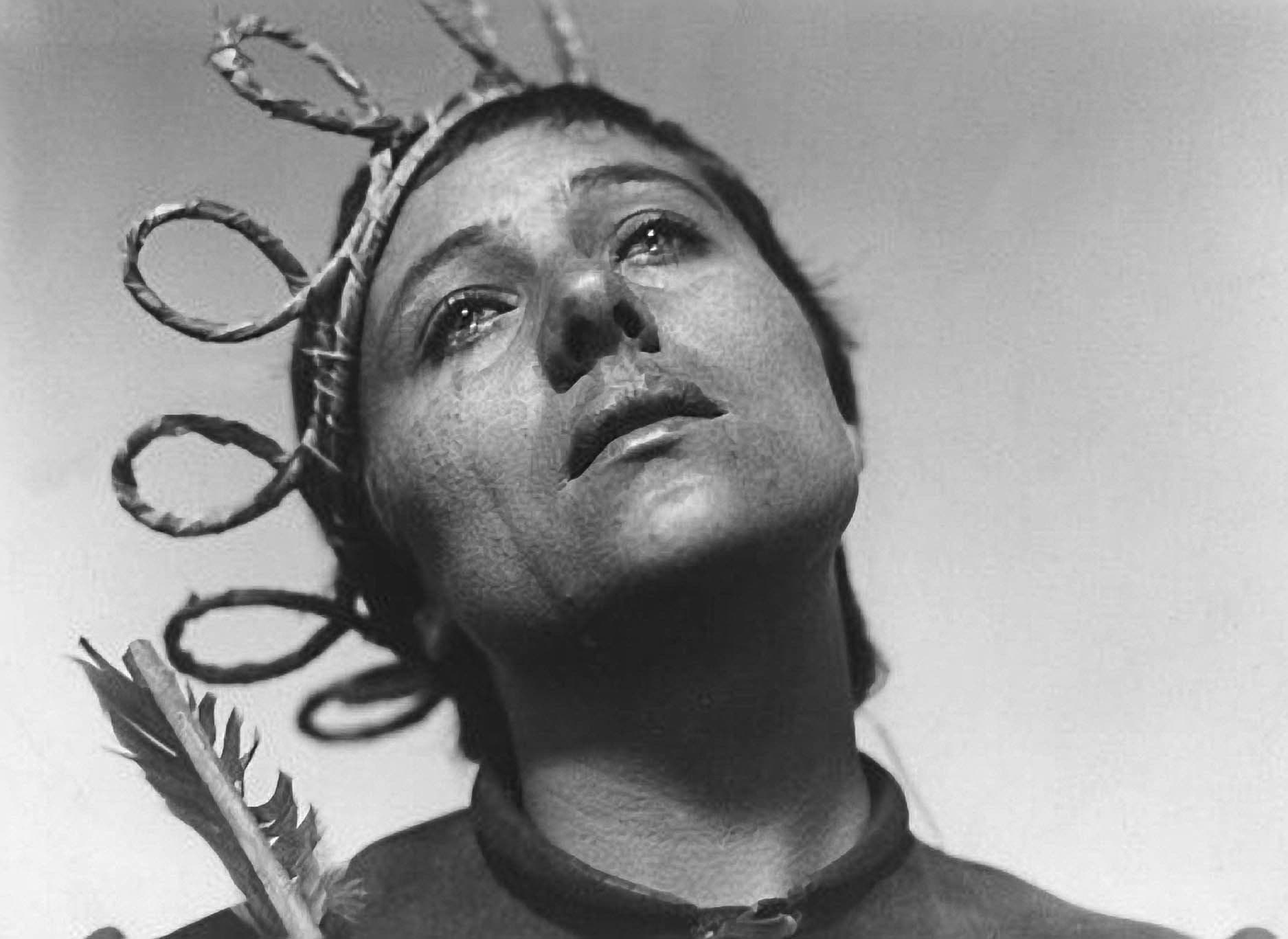
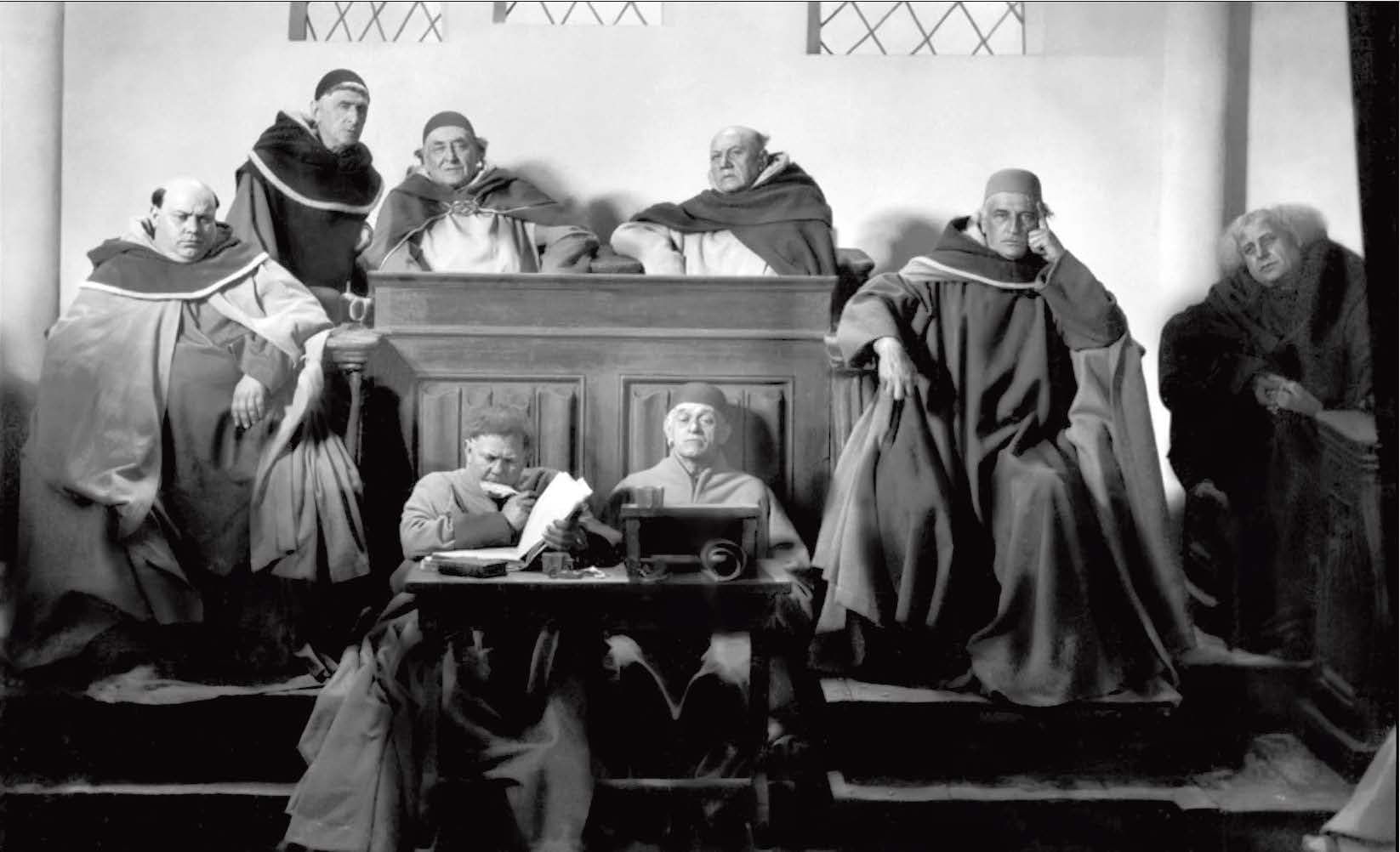
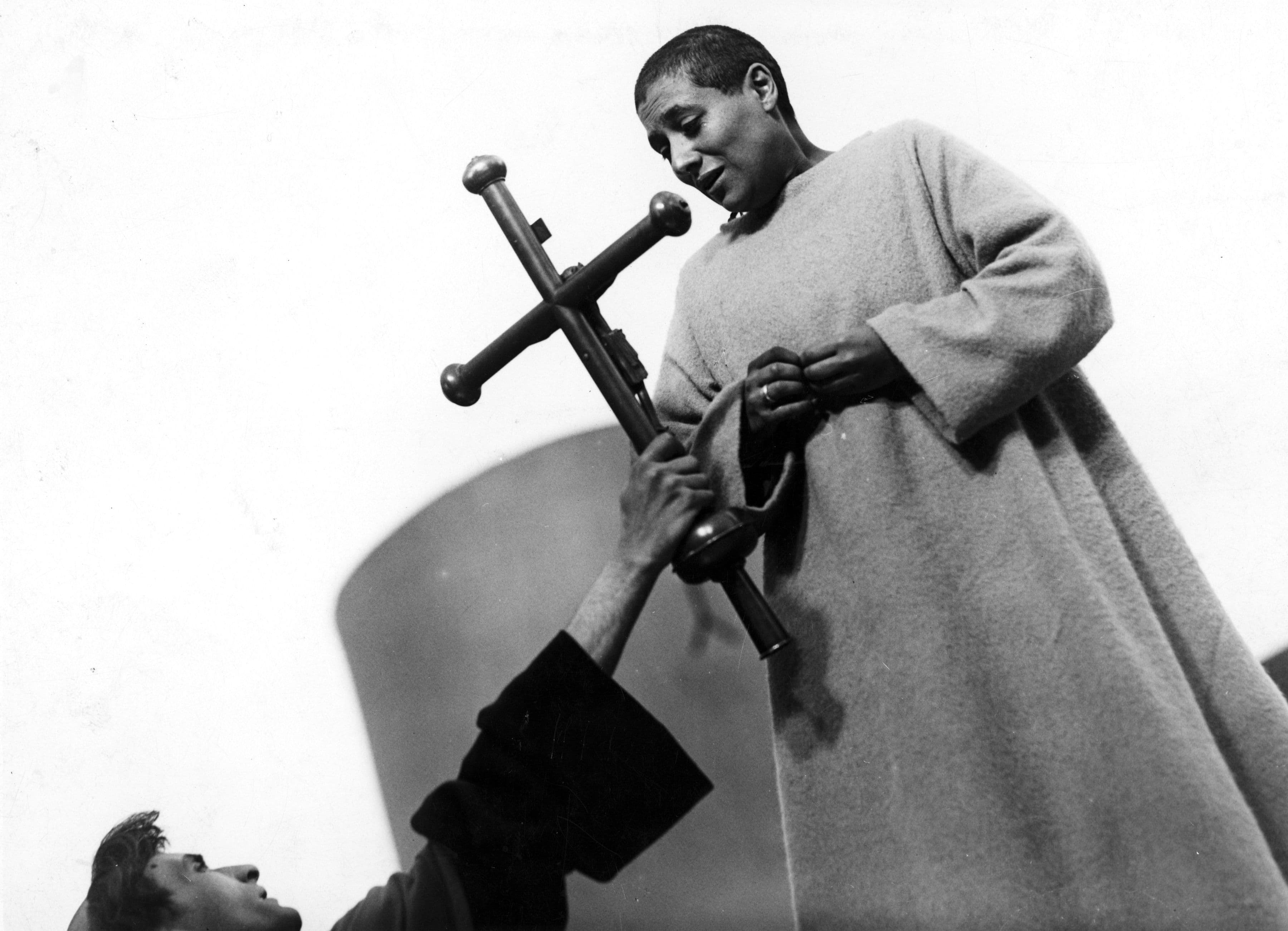
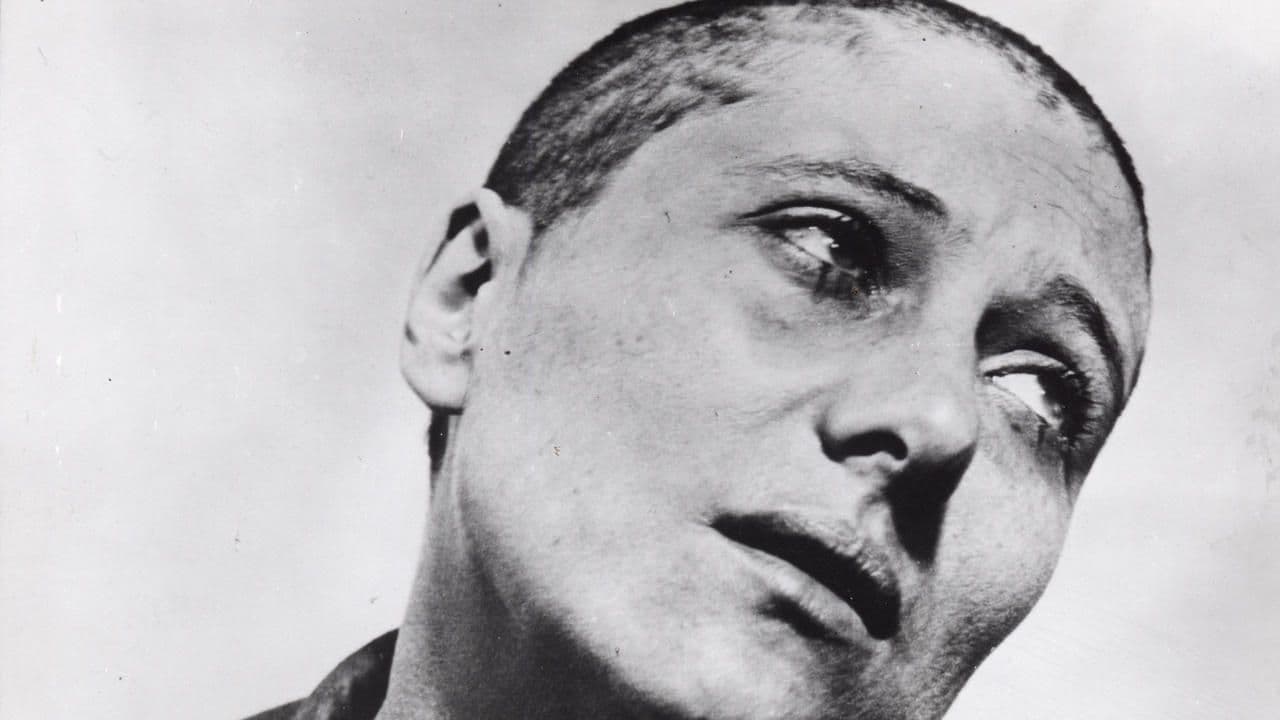
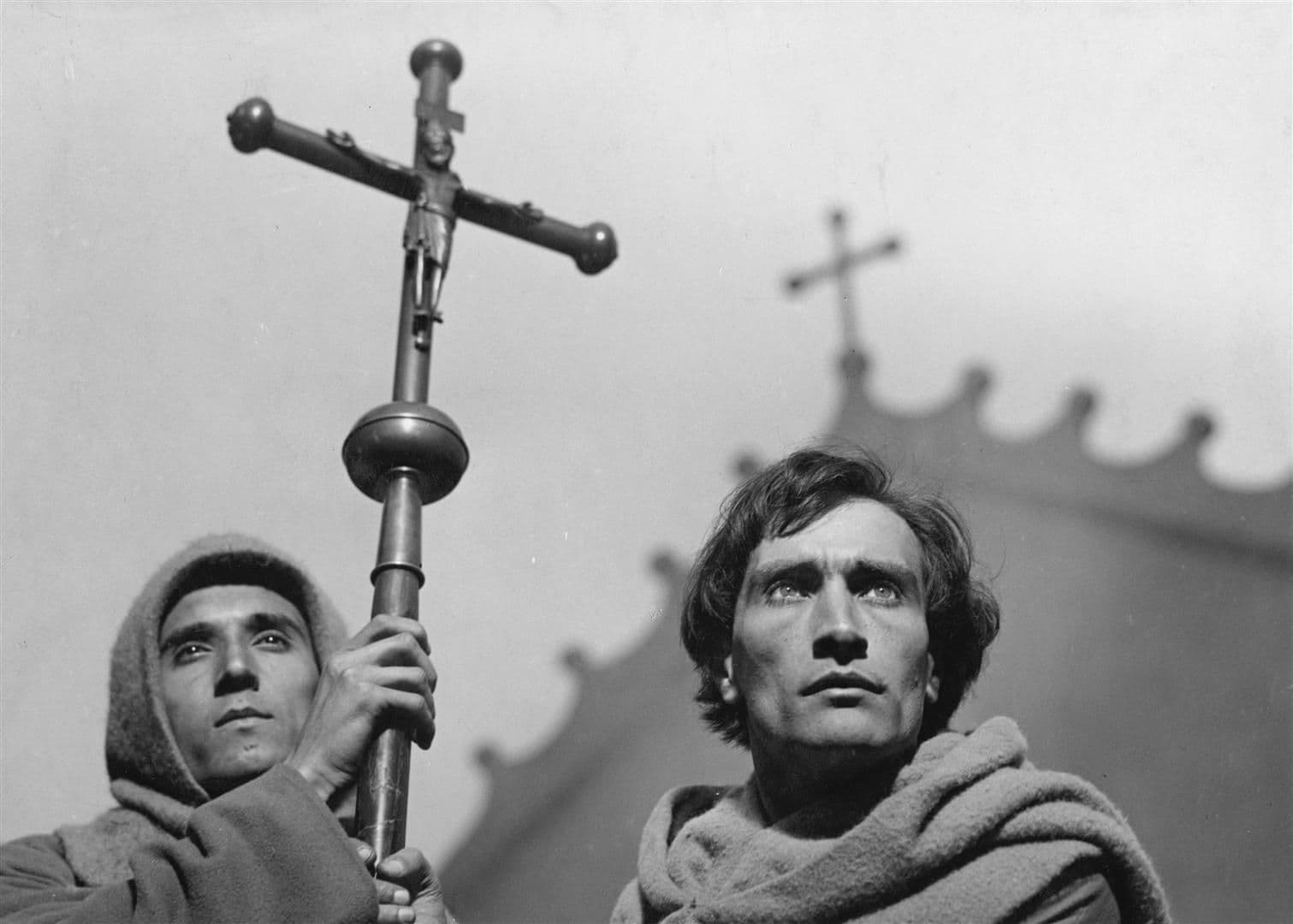
Comments
Loading comments...